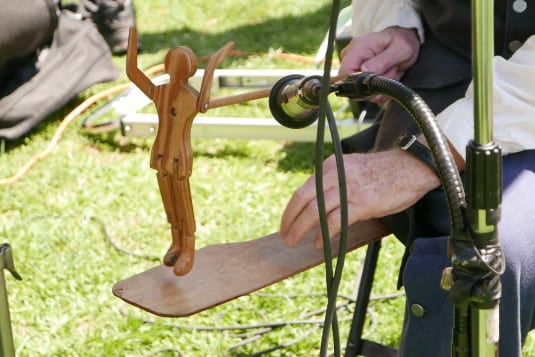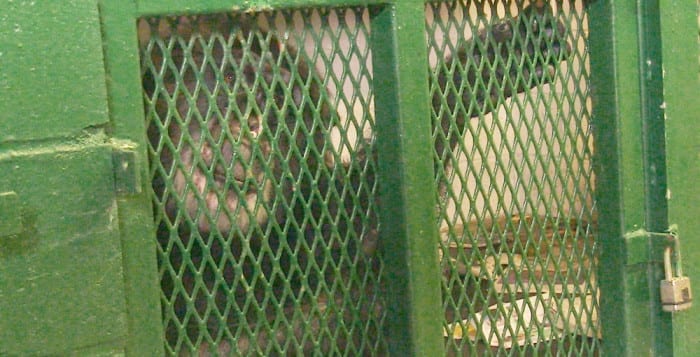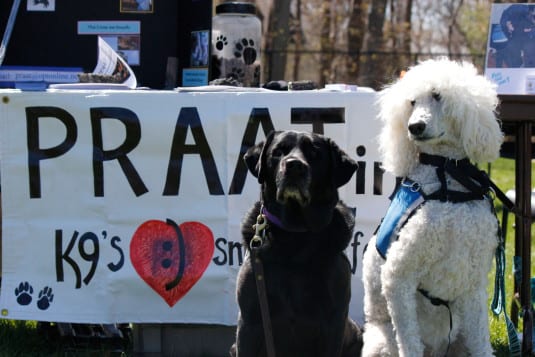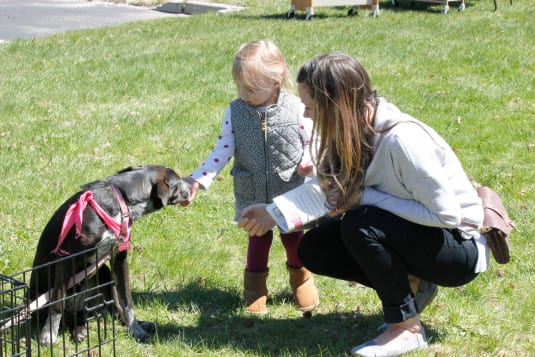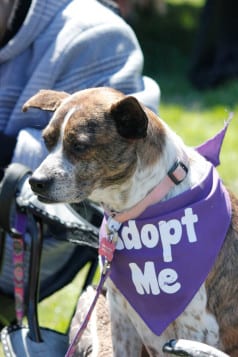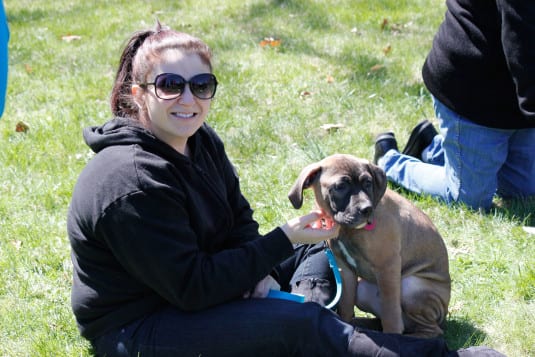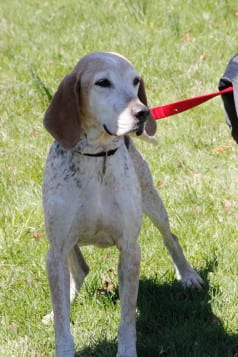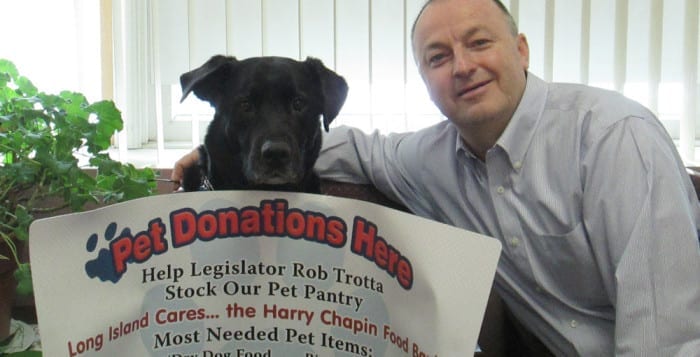The Huntington Historical Society hosted its annual Sheep to Shawl Festival on May 3, giving locals a fun and fascinating look at colonial life. It featured real sheep-shearing and had demonstrators in colonial costume sharing their knowledge and assisting visitors in carding, spinning, knitting and weaving. There was also live music and colonial-era games. Children experienced different aspects of colonial life, including the process of how sheep wool goes from the animals to fabric — from sheep to shawl.
1 of 12
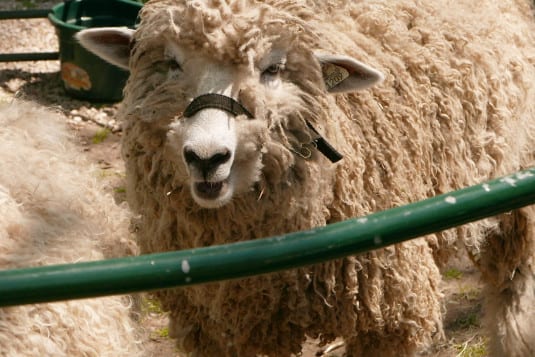
Un-sheared sheep mill about on the grounds of the Dr. Daniel W. Kissam House on Park Avenue in Huntington for the annual Sheep to Shawl Festival, hosted by the Huntington Historical Society on Sunday, May 2. Photo by Dan Woulfin

The Long Island Traditional Music Association performs at the Huntington Historical Society’s annual Sheep to Shawl Festival on Sunday, May 2. Photo by Dan Woulfin
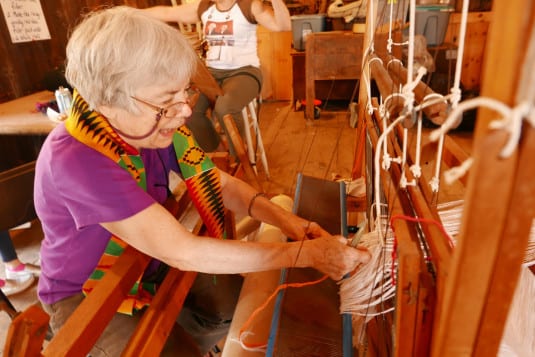
Sheila McKenna, of the Paumanok Weavers Guild, sets up a loom to weave at the Huntington Historical Society’s annual Sheep to Shawl Festival on Sunday, May 2. Photo by Dan Woulfin

Colonial-era games abound at the Huntington Historical Society’s annual Sheep to Shawl Festival on Sunday, May 2. Photo by Dan Woulfin
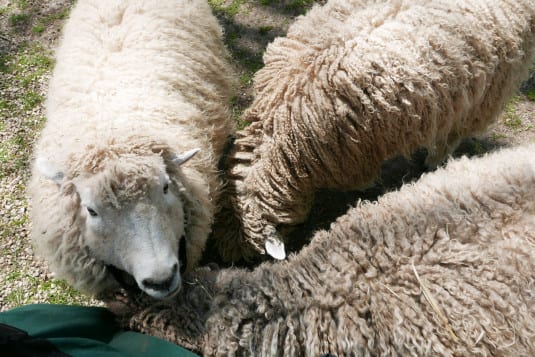
The Huntington Historical Society hosts its annual Sheep to Shawl Festival on the grounds of the Dr. Daniel W. Kissam House on Park Avenue. The festival took place on Sunday, May 2. Photo by Dan Woulfin
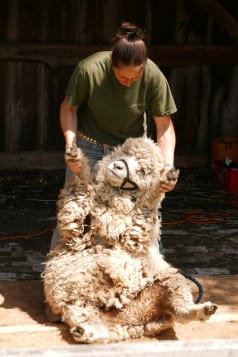
A sheep waves hello before being sheared at the Huntington Historical Society’s annual Sheep to Shawl Festival on Sunday, May 2. Photo by Dan Woulfin
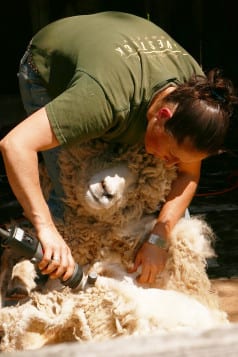
A sheep is in the process of being sheared at the Huntington Historical Society’s annual Sheep to Shawl Festival on Sunday, May 2. Photo by Dan Woulfin
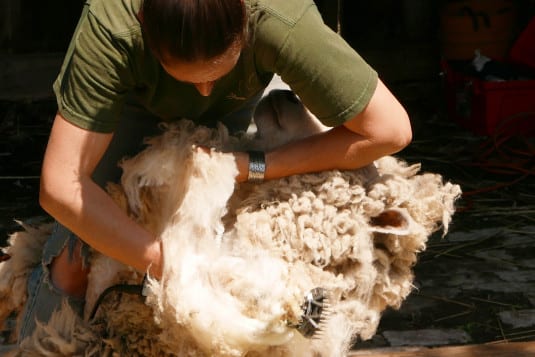
A sheep is in the process of being sheared at the Huntington Historical Society’s annual Sheep to Shawl Festival on Sunday, May 2. Photo by Dan Woulfin
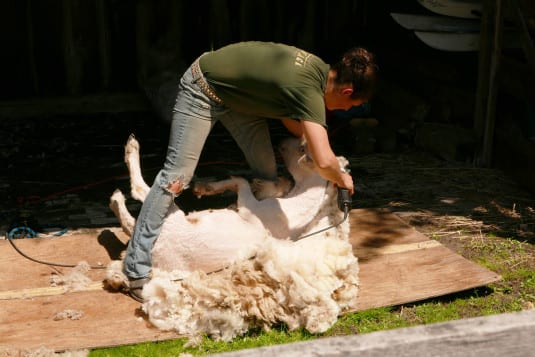
A sheep is in the process of being sheared at the Huntington Historical Society’s annual Sheep to Shawl Festival on Sunday, May 2. Photo by Dan Woulfin

A crowd waits for sheep to be sheared at the Huntington Historical Society’s annual Sheep to Shawl Festival on Sunday, May 2. Photo by Dan Woulfin


